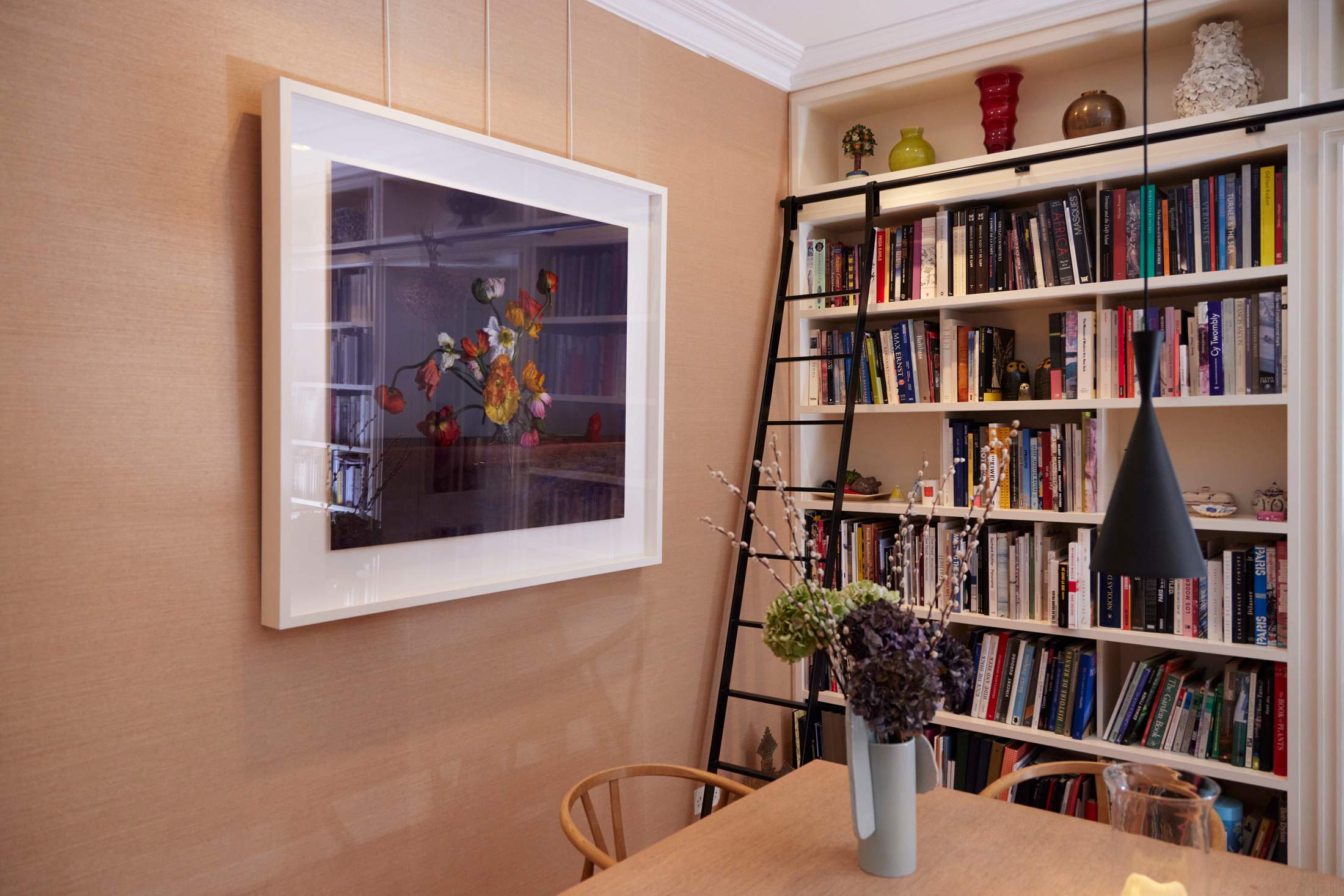Culture: Photography / Global
Snap decisions
Far from being diminished by the ubiquity and ephemerality of digital snaps and smartphone shots, sales of physical photographs are at a higher level than ever. Here, we turn our focus to the art and act of photography collection, meeting gallerists, enthusiasts and auctioneers across the world.
For the global photography market, 2023 was a record year in terms of sales volume. But there was a catch: the total value of those sales was $62.4m (€57.4m), marking a fall from 2022. Though the market is active, the sector’s buyers don’t necessarily have the deepest pockets. For many, photography offers an entry point to art collecting.
In a world where we can take and view images with a tap of a finger on a smartphone, what does it say about the medium that we continue to collect and surround ourselves with photographs? What makes the snapshots that we choose for our walls special and how are they valued? And how does living with photographs change the way we experience a room?
Over the following pages we explore the art of building a collection. We visit a Park Avenue auction, spotlight galleries across the globe and explore the history of the art form. We also enter the homes of some keen-eyed enthusiasts to take a peek at their extraordinary collections. They might inspire you to snap up a print or two of your own.
At monocle, we take the pursuit of a fantastic shot seriously. And sometimes, a good photo shouldn’t be confined to the page. —
AUCTIONS
Negative equity
New York

Within seconds, Peter Hujar’s lifetime print, titled “David Wojnarowicz (Village Voice ‘Heartsick: Fear and Loving in the Gay Community’)”, climbs in price from $26,000 (€24,000) to $70,000 (€64,700), before continuing upwards. The photograph takes just two minutes to be sold at a final price of $139,700 (€129,300). “It’s the only lifetime print of that image that we’ve seen,” says Sarah Krueger, Phillips’ head of photographs in New York, who is the auctioneer when monocle attends the Park Avenue event. (A “lifetime print” is one that’s produced while the photographer is still alive.)
Until the Hujar print, the mood in the auction room has been relatively calm, with a small group of seated bidders and others dropping by for certain lots. Every now and then, someone will gently raise their paddle. One man in the second row bids by lifting his finger with the slightest of movements. Blink and you’d miss it. “He’s a collector who I’ve been dealing with for decades,” says Christopher Mahoney, senior international specialist, photographs, at Phillips. “I remember seeing him in the 1990s. He’s a real auction pro.”
That was back when the sale rooms were full and frantic, sometimes brimming with more than 100 people. Nowadays, though the auction is still held in a physical space, most of the action takes place by phone or through the online platform, which people log into from around the world. “The technology has become so good and accessibility has expanded so much,” says Mahoney.
Whether attending in person or engaging down the line, thousands of bidders from more than 40 countries have turned out for the slew of famous photos under the hammer, including Wolfgang Tillmans’ “Paper Drop Novo”, Cindy Sherman’s “Untitled Film Still #18” and Alfred Stieglitz’s “From the Back Window – 291 – Snow Covered Tree, Back-Yard”, which sells for $304,800 (€282,330).
The price that a photograph achieves at auction is the result of several factors: the condition and size of the print, how many were made, how often one becomes available and how long after the negative date the work was printed. “While there are innumerable variables for our valuations, rarity and condition can be the biggest drivers,” says Krueger. Though the most common prints that she sees at auction are gelatin silver, chromogenic and pigment, many contemporary artists use traditional processes such as the 19th-century daguerreotypes.
How quickly something sells depends, of course, on how decisive the bidders are. “It’s from 40 seconds to a minute when people have to make decisions,” says Krueger.
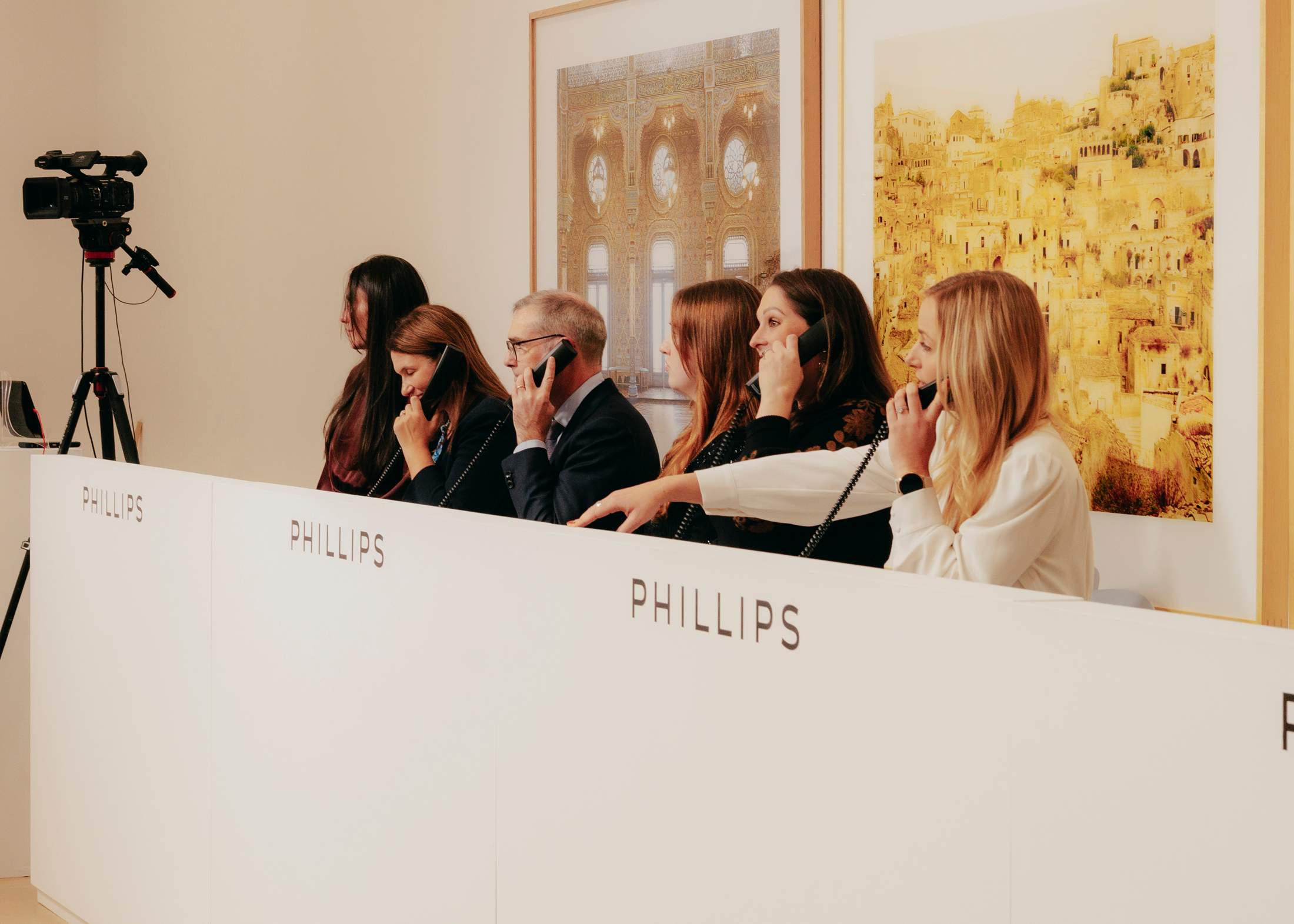
Long-time collector Louis Berrick, who loves the work of William Klein, recommends going in with a plan and a sum in mind. He is less concerned with rarity and appreciates how accessible the art form can be. “If there are 40 photographs that were made and signed by the artist, that’s great,” he says. “It’s a very democratic art form.”
Like most collectors, he’ll peruse the catalogue beforehand and take note of a few pieces. But he mostly chooses what to bid on through impulse. “I decide in the moment,” says Berrick. He’s glad that the online platform allows more bidders to take part but says there’s nothing like being in the room. Before the auction, Berrick will view the collection in person, sometimes asking if he can see the photographs outside the frame. “You’ll go there and realise a photograph isn’t so big. Or you’ll see something different in the picture. It changes your experience.” Mahoney also encourages collectors to engage with the collections if they can.
In the auction room itself, there’s one piece of advice that everyone will tell you: unless you’re bidding, keep your hands firmly in your lap. Lifting a finger can come at a high price.
Big pictures
Some of the top-selling prints at Phillips’ New York photography auction on 9 October 2024.
Peter Hujar
David Wojnarowicz (Village Voice “Heartsick: Fear and Loving in the Gay Community”), 1983.
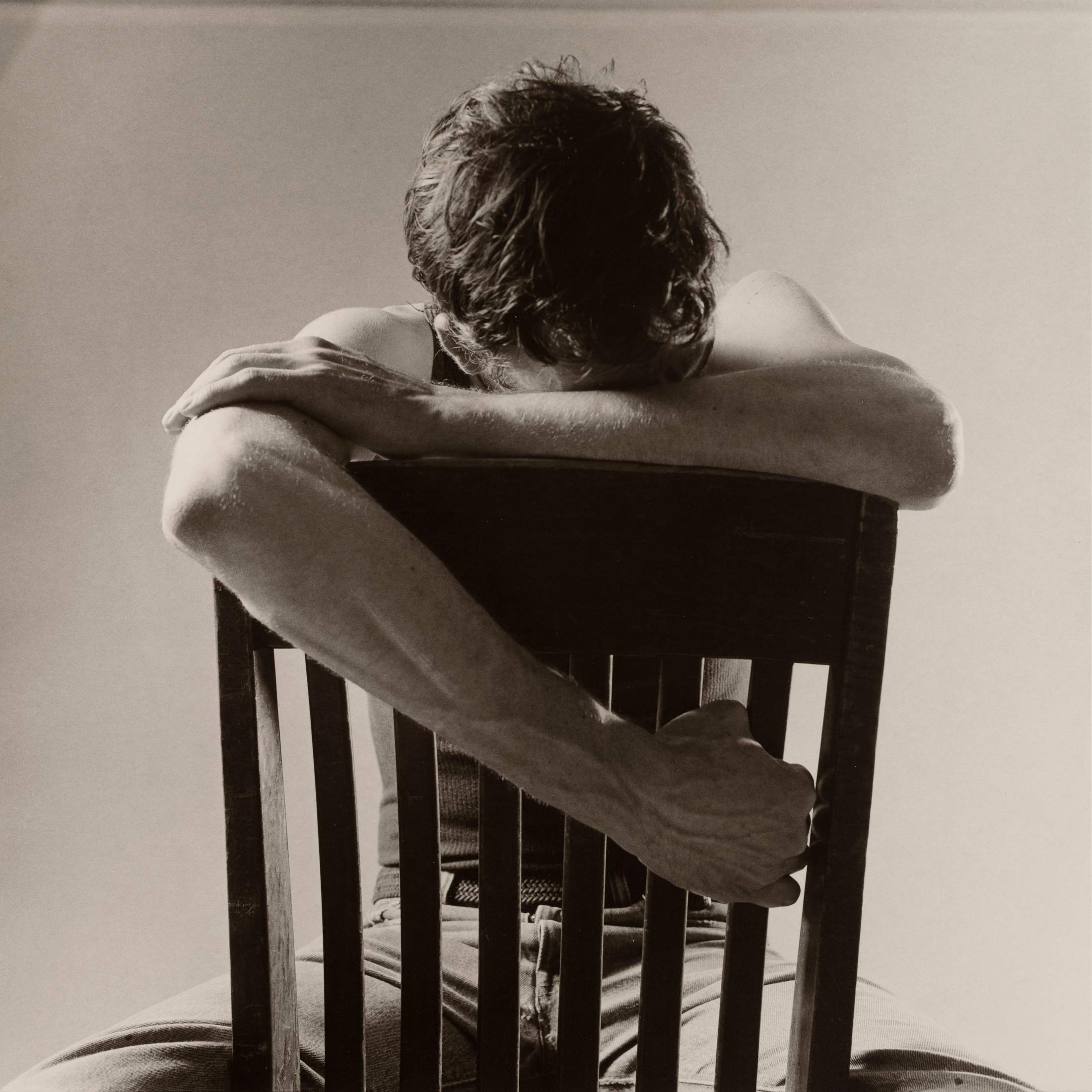
Gelatin silver print.
10⅛ inches 3 10 inches (25.7cm 3 25.4cm).
Printed by the artist, with the estate’s copyright-credit reproduction limitation stamps. Signed, titled and dated by Stephen Koch, executor of the Hujar estate, in pencil.
estimate: Up to $50,000 (€46,250).
sold for: $139,700 (€129,300).
Cindy Sherman
Untitled Film Still #18, 1978.
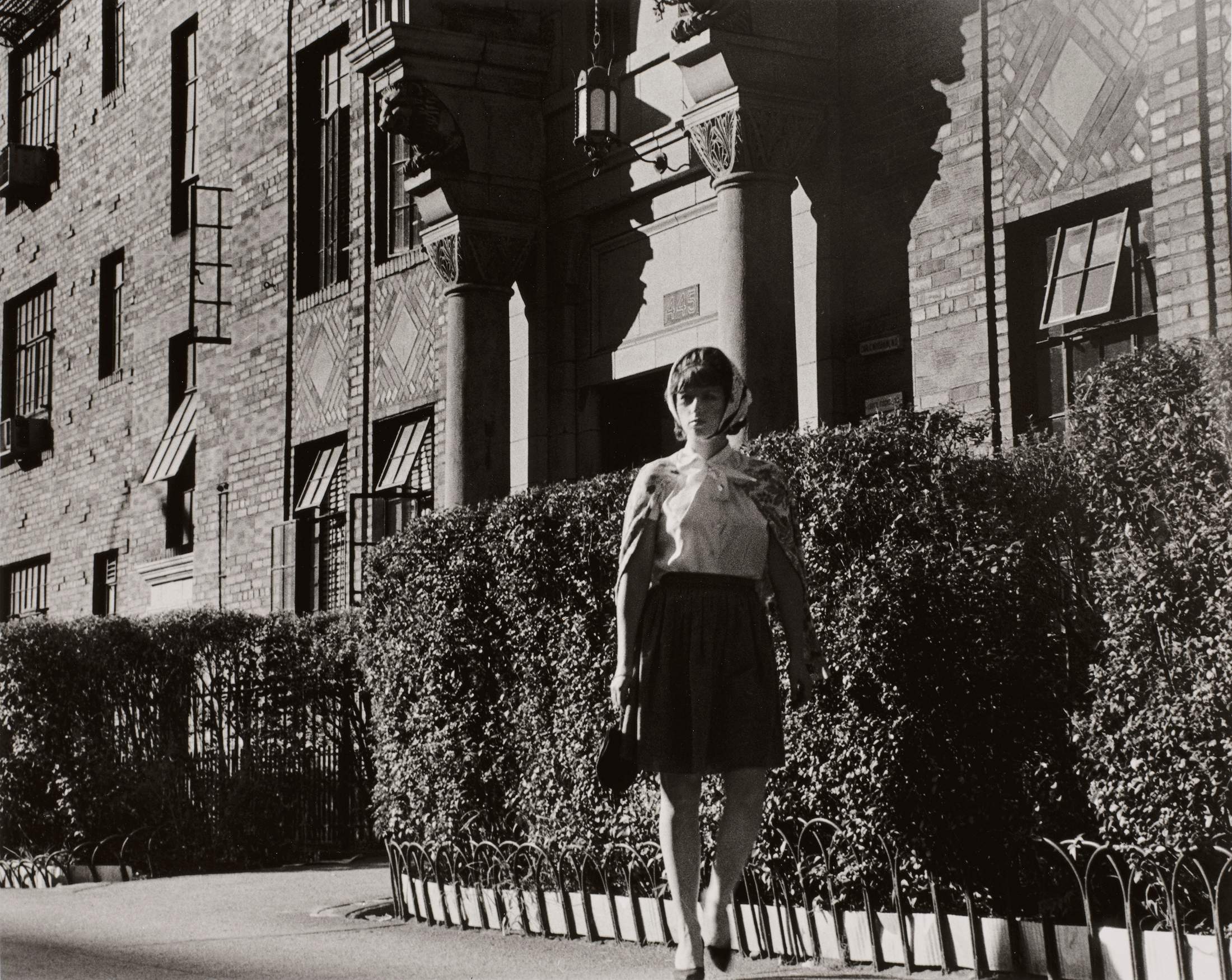
Gelatin silver print.
7⅝ inches 3 9½ inches (19.4cm 3 24.1cm).
Signed, dated and numbered 5/10 in pencil on the verso.
estimate: $80,000 (€74,100) to $120,000 (€111,150).
sold for: $101,600 (€94,110).
Francesca Woodman
Self Portrait (with Bird), 1976-78.
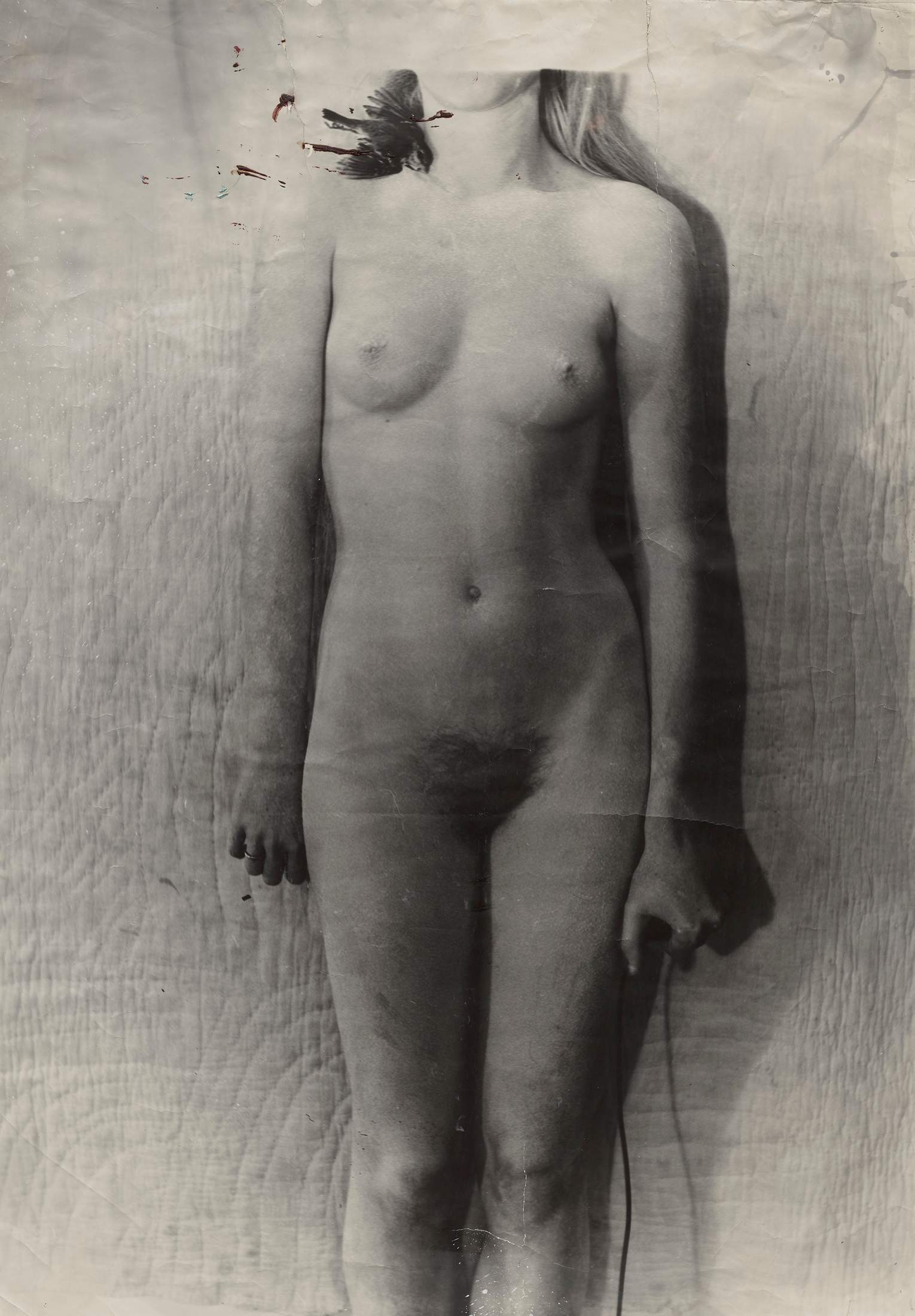
Unique oversized gelatin silver print with applied paint and pigment.
49¾ inches 3 35½ inches (126.4cm 3 90.2cm).
with frame: 58⅜ inches 3 43⅛ inches (148.3cm 3 109.5cm).
estimate: $150,000 (€139,000) to $250,000 (€231,570).
sold for: $190,500 (€176,450).
Tina Modotti
Telegraph Wires,circa 1925.
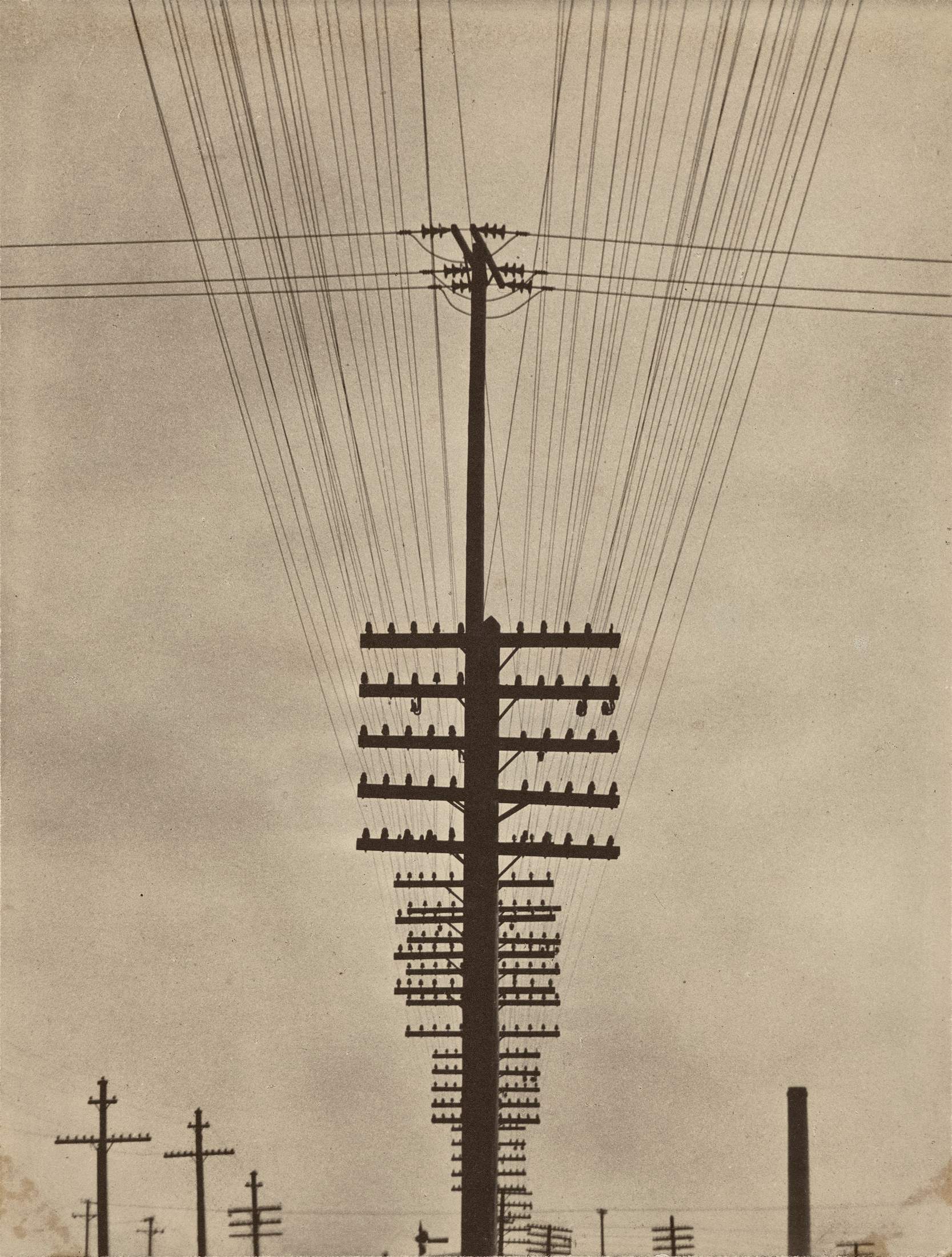
Platinum print.
9⅜ inches 3 7⅛ inches (23.8cm 3 18.1cm).
Former owner Vittorio Vidali’s “Commissar of the Fifth Regiment” stamp, a typed caption label and reduction notations in an unidentified hand in pencil on the verso.
estimate: $150,000 (€139,000) to $250,000 (€231,570).
sold for: $177,800 (€164,840).
Alfred Stieglitz
From the Back Window – 291 – Snow Covered Tree, Back-Yard, 1915.
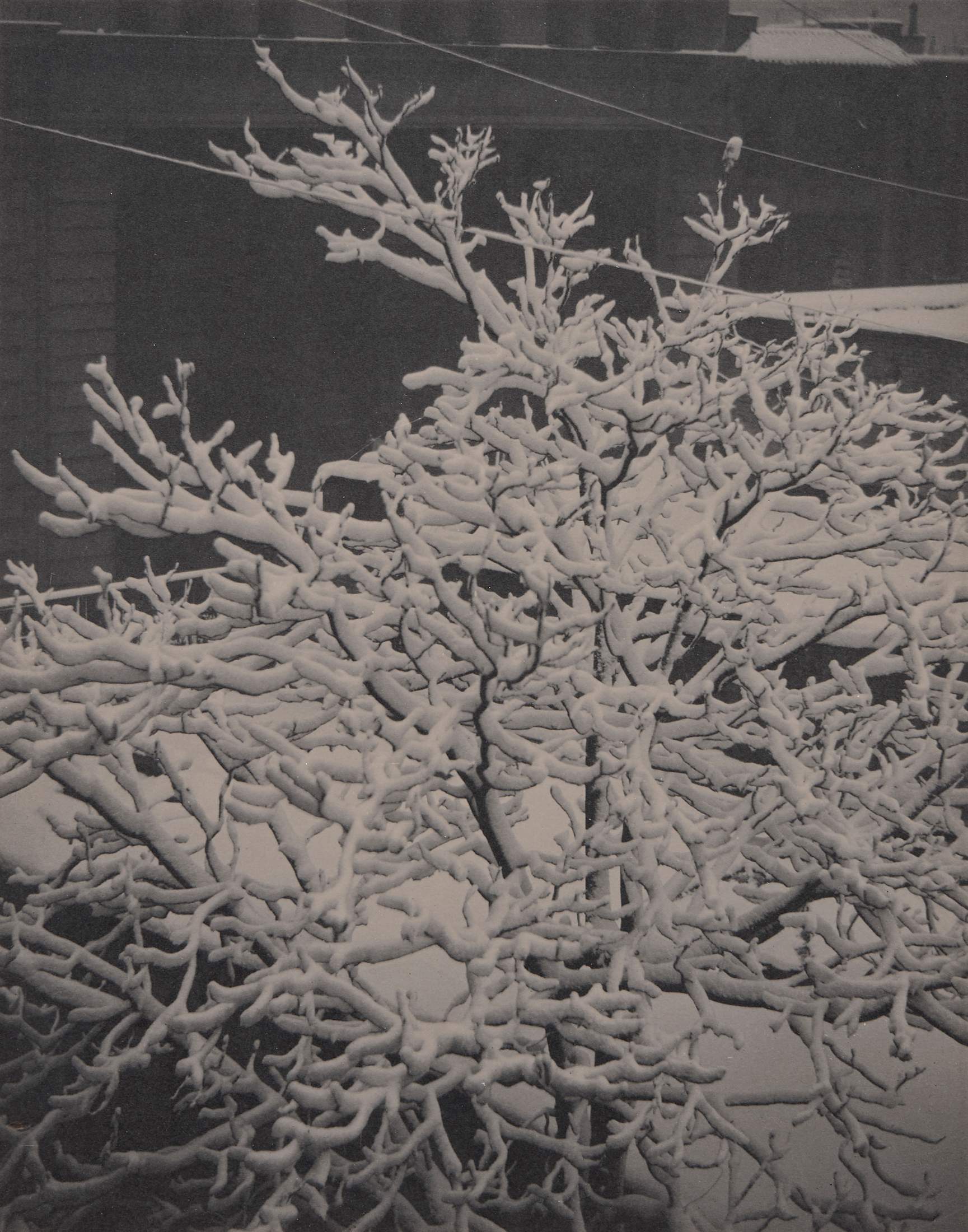
Platinum print.
95/8 inches 3 75/8 inches (24.4cm 3 19.4cm).
estimate: $250,000 (€231,570) to $350,000 (€324,190).
sold for: $304,800 (€282,330).
Who to buy
These five visionaries from across the globe are producing innovative, often highly personal work that is not only setting the standard when it comes to original contemporary photography but is exceptionally collectable too.
1.
Noémie Goudal
Paris-born visual artist Goudal works across various media, from film and photography to installations. Her ambitious work explores questions of ecology and anthropology.
noemiegoudal.com
2.
Johnny Mae Hauser
The Dutch-German artist’s abstract photographs have a painterly quality and have gained a strong following in Amsterdam, London, Taipei and Tokyo.
johnnymaehauser.cargo.site
3.
Daniel Shea
New York-based Shea has a wide-ranging photographic CV, which includes shooting for fashion magazines and documenting the lives of working people. His images are known for their thrilling specificity and sense of humanity.
danielpshea.com
4.
Daniel Obasi
The Lagos-based stylist, photographer and art director’s Afro-futuristic work addresses themes of masculinity, identity and gender in often theatrical ways.
danielobasi.com
5.
Mohamad Abdouni
Based between Beirut and Istanbul, photographer, filmmaker and curator Abdouni often works for fashion publications. His personal photography focuses on the rise of Beirut’s queer culture scene.
mohamadabdouni.com
Three trailblazing photography dealers
GALLERY 01
The West Coast pioneer
Webber 939, Los Angeles
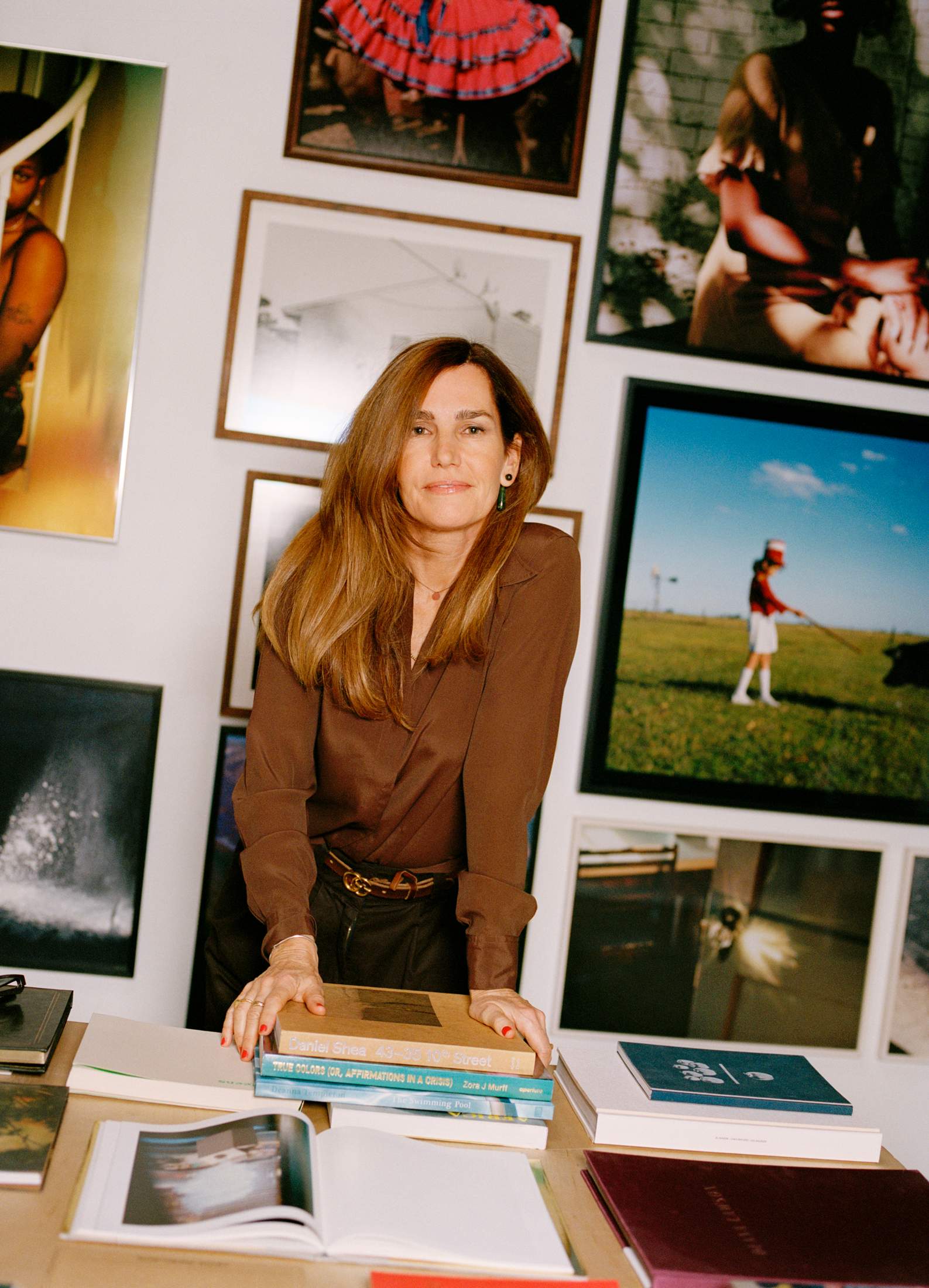
After more than 20 years of running photographic and creative agency Webber Represents, as well as a London gallery, Chantal Webber (pictured) moved to Los Angeles in 2019, just as the city’s art scene was luring galleries from across the world. “The creative energy reminds me of New York in the 1990s,” she says from her east-side space. “But for a city steeped in photographic history, there aren’t many photo-led galleries.”
Webber’s gallery, which opened in 2023, has made its mark by spotlighting future greats such as Daniel Shea and dusting off long-unseen works including those by feminist photo legend Tee A Corinne. Performance, film and ephemera are often integrated into shows and the gallery also has a public reading library, lined with photography books.
Enticing some LA collectors out to the grittier east side and asking them to take the leap into buying photography is a “work in progress”, says Webber. “It’s important for us to take risks with what we show. For a younger, contemporary collector, we’re at the right price point.”
webberrepresents.com
GALLERY 02
The local hero
Blue Lotus Gallery, Hong Kong
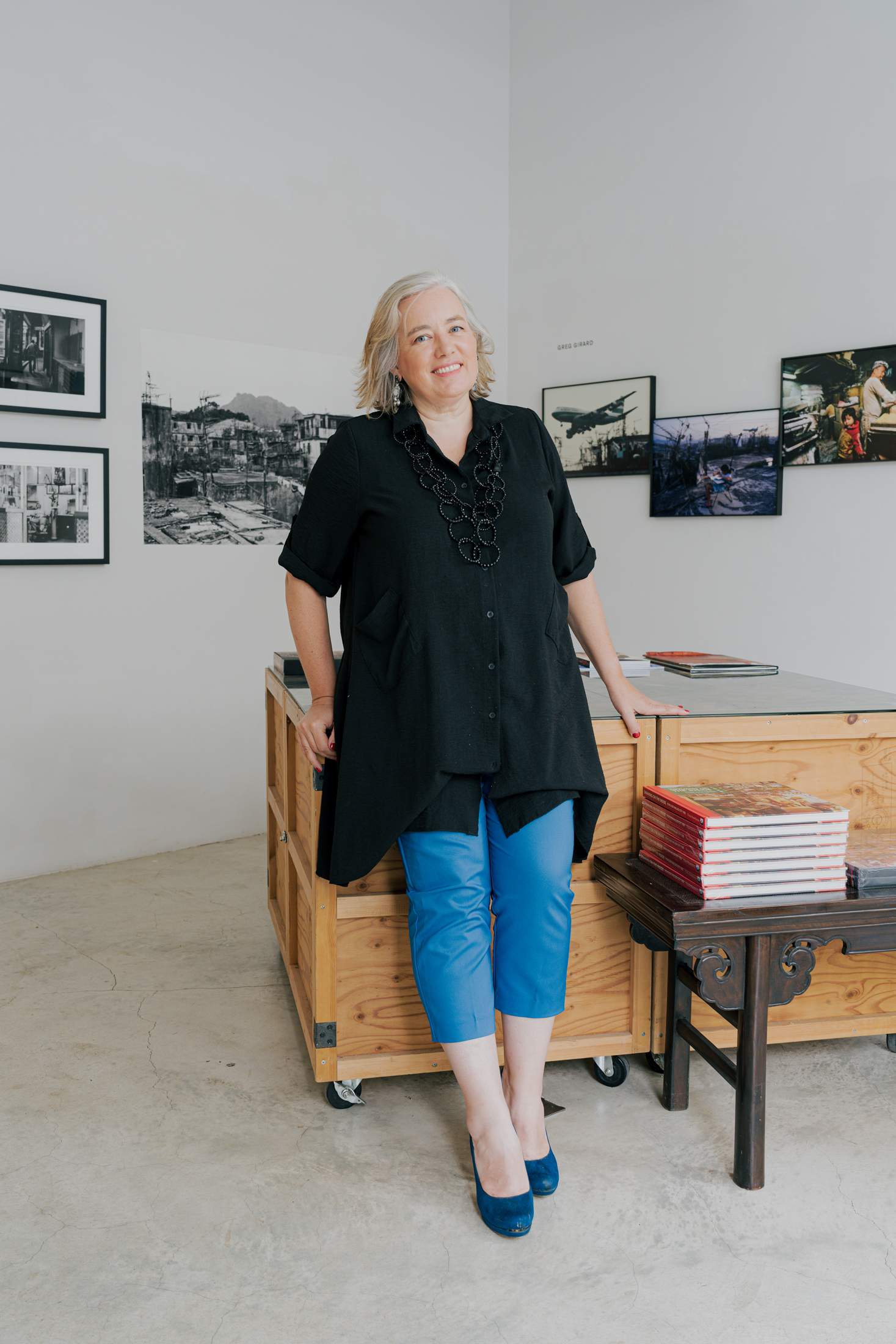
In 2007 ship-broker Sarah Greene opened Blue Lotus Gallery in an industrial building in Hong Kong. It was a side project: Greene, who hails from Belgium, tells monocle that she was more interested in creating a space where emerging artists could showcase their work than in “sales or making money”. In 2012, she narrowed the gallery’s scope to photography – especially work that took Hong Kong’s identity as its theme. “I’m happy that I found a special corner focusing on photography and crafting a unique programme,” says Greene. “A lot of the artists who we represent will be very difficult to find elsewhere.”
Blue Lotus now occupies a street-level shopfront in Sheung Wan. Its roster includes the late street photographer Fan Ho and Hong Kong-based French artist Romain Jacquet-Lagreze. Greene is now expanding her remit across Asia, where young photographers often struggle to find galleries that will champion their work. Blue Lotus was an early exhibitor of Japan’s Yasuhiro Ogawa and Greene is excited to build a list of the best practitioners from across Asia. “There’s still a lot of talent that needs to be shown.”
bluelotus-gallery.com
GALLERY 03
The talent spotters
Homecoming, Amsterdam
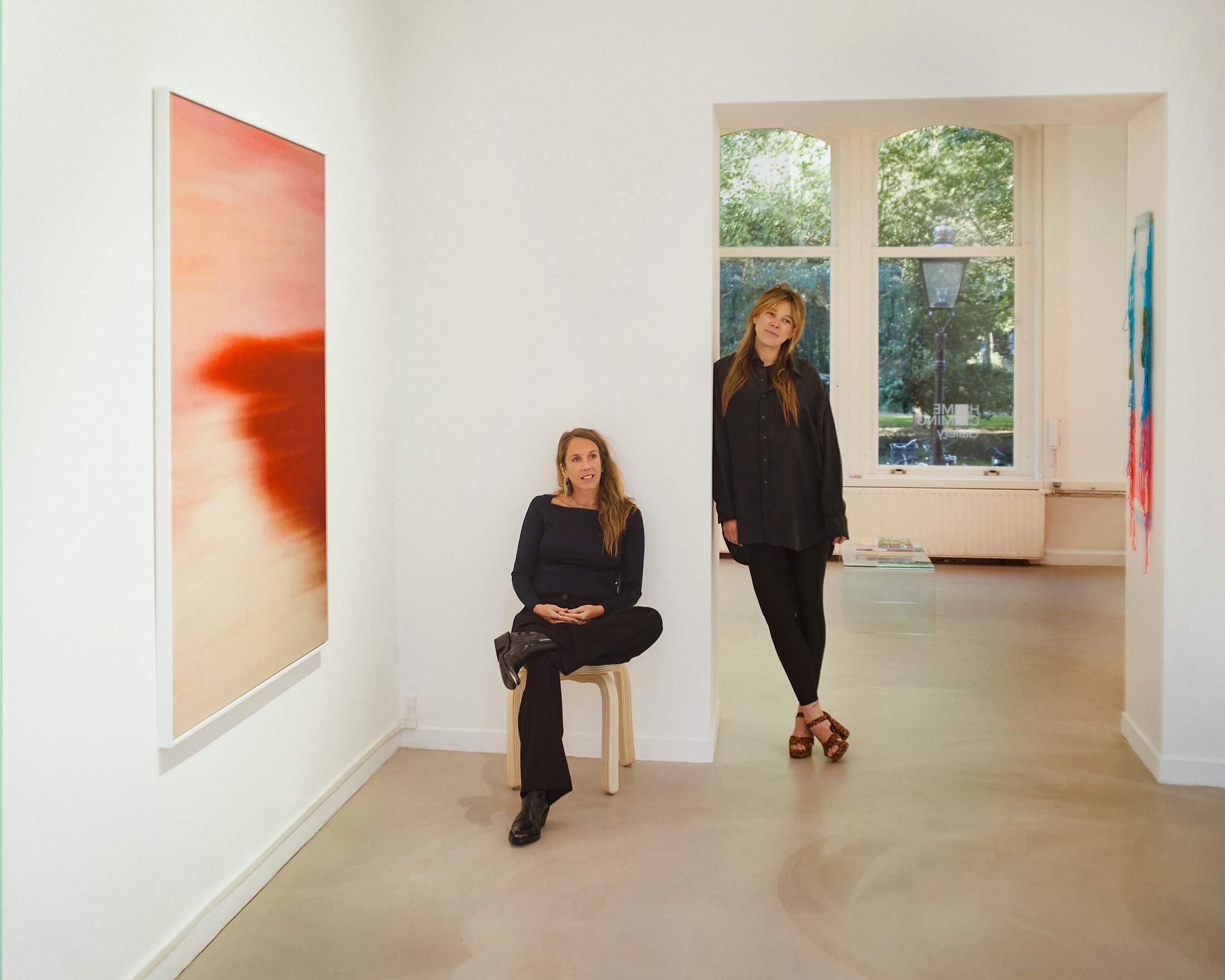
Founders Nadine van Asbeck and Karlijn Bozon (pictured, on right, with Van Asbeck) describe Homecoming Gallery as “a space to discover rising stars in photography, ahead of the curve”. And now, having previously popped up in spaces around the world and online over the past four years, their gallery has a permanent home.
When monocle visits the central Amsterdam space, there are works on show by US artist Mia Weiner, who makes hand-weavings based on intimate photos. Kunstmuseum Den Haag modern art gallery has already snapped one up. In the back room, we find vibrant abstract prints by Dutch-German photographer Johnny Mae Hauser.
The aim of Van Asbeck and Bozon, who met while working in fashion, is to present photography-focused work that doesn’t usually make it into traditional galleries. “We started this space because we felt that a lot of galleries were very focused on the same art schools,” says Bozon. “A whole generation of artists was being overlooked.”
The duo are particularly focused on promoting female artists and hope to appeal to new audiences. “We wanted to show a little bit more of the person behind the art,” says Bozon. “We are drawn to work that ignites something in you. There needs to be a personal bond.”
homecoming.gallery
Into the academy
Though photography has been recognised as an art form by connoisseurs since the late 19th century, the medium took a little longer to gain wider recognition. Here, we trace its journey into the highest echelons of the art world.
1940
Beaumont Newhall becomes the first photography curator of Moma in New York and starts acquiring works and curating pivotal exhibitions.
1971
The Photographers Gallery opens in London as the first UK public institution to exhibit the medium.
1972
Sotheby’s London is the first international auction house to hold a regular standalone photographs auction. Its New York outpost followed suit in 1975.
1978
Richard Avedon becomes the first living photographer to have a retrospective at New York’s Metropolitan Museum of Art, legitimising fashion photography as a genre.
1980
The Association of International Photography Art Dealers holds its first annual fair in New York.
1981
Howard Greenberg opens his New York gallery exhibiting and selling primarily photojournalism and street photography, which have become pillars of the market.
1990s
The number of photography galleries and dealers in North America and Europe grows. The focus in the markets is New York, Paris and London.
1997
Paris Photo – now the world’s largest and most esteemed international photography fair – is held for the first time.
2008
Christie’s holds the first single-owner auction of photographs from the Leon Constantiner Collection, bringing in more than $7m (€6.5m).
2009
The Tate in London appoints its first photography curator, Simon Baker, who forms the museum’s first Photography Acquisition Committee.
2011
At Christie’s New York, Gursky’s “Rhine II” sets a record as the most expensive photo ever sold, at $4.3m (€4m).
2019
The Rencontres d’Arles photography festival hosts its 50th birthday. Attendees include Swiss arts patron Maja Hoffman, whose Luma Foundation is completed with the Frank Gehry tower in Arles in 2021.
2022
Man Ray’s “Le Violon d’Ingres” smashes its pre-sale auction estimate of up to $7m (€6.5m), becoming the most expensive photograph ever sold at $12.4m (€11.5m).
2024
London’s v&a hosts Fragile Beauty: Photographs from the Sir Elton John and David Furnish Collection, collected over 30 years.
May 2025
Photo London will celebrate its 10th anniversary, cementing the city’s place as a centre for photography collecting and expertise.
Collecting in an age of artificial intelligence
Photographers can use AI to enhance their creativity rather than eliminate it but new perspectives are needed to assess the art form in the digital age, writes Nina Roehrs.
Photographers have always adapted to new technologies, whether that’s picking up digital cameras or the use of artificial intelligence (AI). Some argue that AI goes further than previous advances, reducing the need for human input in a way that threatens the essence of photography itself. Others believe it simply shifts the photographer’s role from image-taker to image-maker, blurring the lines between creation and curation.
There are many ways to create a work of art, with varying degrees of assistance from others, including machines and algorithms. The true test, however, lies in demonstrating the uniqueness of one’s ideas, style and originality, and finding the delicate balance between concept and visual expression. Take Albertine Meunier’s HyperChips. The series has a distinctive visual language and humorously illustrates an ever-shifting AI output despite using the same prompt: “Albertine Meunier is eating sausages and chips.”
When we look at AI art, we should be asking ourselves the following questions. Does AI serve as an assistant or a creator? How much human touch has been retained? Has the interplay between man and machine led to exceptional results? Inevitably, assessing quality in this digital context requires a nuanced understanding of the technologies involved, which will demand new skills and perspectives from curators, collectors, critics and viewers alike.
AI in photography represents both continuity and change. And those who are highly skilled in navigating and exploiting these technologies have a distinct advantage. AI might not represent as radical a departure as it first appears – at least not for artists who know how to leave a lasting impression. —
Roehrs is a specialist in art in the digital age and the curator of the Digital Sector at Paris Photo.
Best in shows
The coming year’s slate of photography fairs and festivals across the globe confirms the growing importance of the medium to the wider art world, while celebrating all areas of the practice. Here is a rundown of 2025’s coming attractions.
cambodia
Angkor Photo Festival, February
Hosted by non-profit organisation Angkor Photo Festival and Workshops, this is Southeast Asia’s longest-established international photography event.
angkor-photo.com
usa
The Photography Show, April
The Association of International Photography Art Dealers spearheads this event that, in 2024, returned to its historic home in New York’s Park Avenue Armory.
aipad.com
uk
Photo London, May
First held in 2004, Photo London will return to Somerset House from 15 to 18 May to celebrate its 10th edition since its relaunch as the most significant British photography event of the year.
photolondon.org
china
Photofairs Shanghai, May
The leading platform for contemporary photography in China has also added an inaugural fair in Hong Kong to its roster, in March 2025.
photofairs-shanghai.com
denmark
Copenhagen Photo Festival, June
The largest festival for photography in the Nordic countries has been running in the Danish capital since 2010.
copenhagenphoto festival.com
france
Les Rencontres d’Arles, July to October
Founded in 1970, internationally renowned Les Rencontres d’Arles photography festival represents a prime opportunity for discovering new photographers. The associated Jimei 3 Arles Festival in China has run since 2015.
rencontres-arles.com
switzerland
Biennale Images Vevey, September
This biennale judges “projects” rather than individual entries for a handsome prize fund of chf40,000 (€42,600).
images.ch
argentina
Pinta BAphoto, October
Latin America’s most important art fair specialises in photography, with galleries from the region and the US.
baphoto.pinta.art
benin/nigeria
LagosPhoto, October
In 2023, LagosPhoto expanded beyond Nigeria into Benin. For 2025 the fair has transitioned to a biennale and will engage curators across Africa.
lagosphotofestival.com
france
Paris Photo, November
In 2024 the weeklong fair returned to Paris’s beautiful Grand Palais. As well as more than 200 global exhibitors, specialised sections include a book sector, which shines a light on photobooks.
parisphoto.com
Three leading photography collectors
COLLECTORS 01
Darnell Moore & Yashua Simmons
Los Angeles
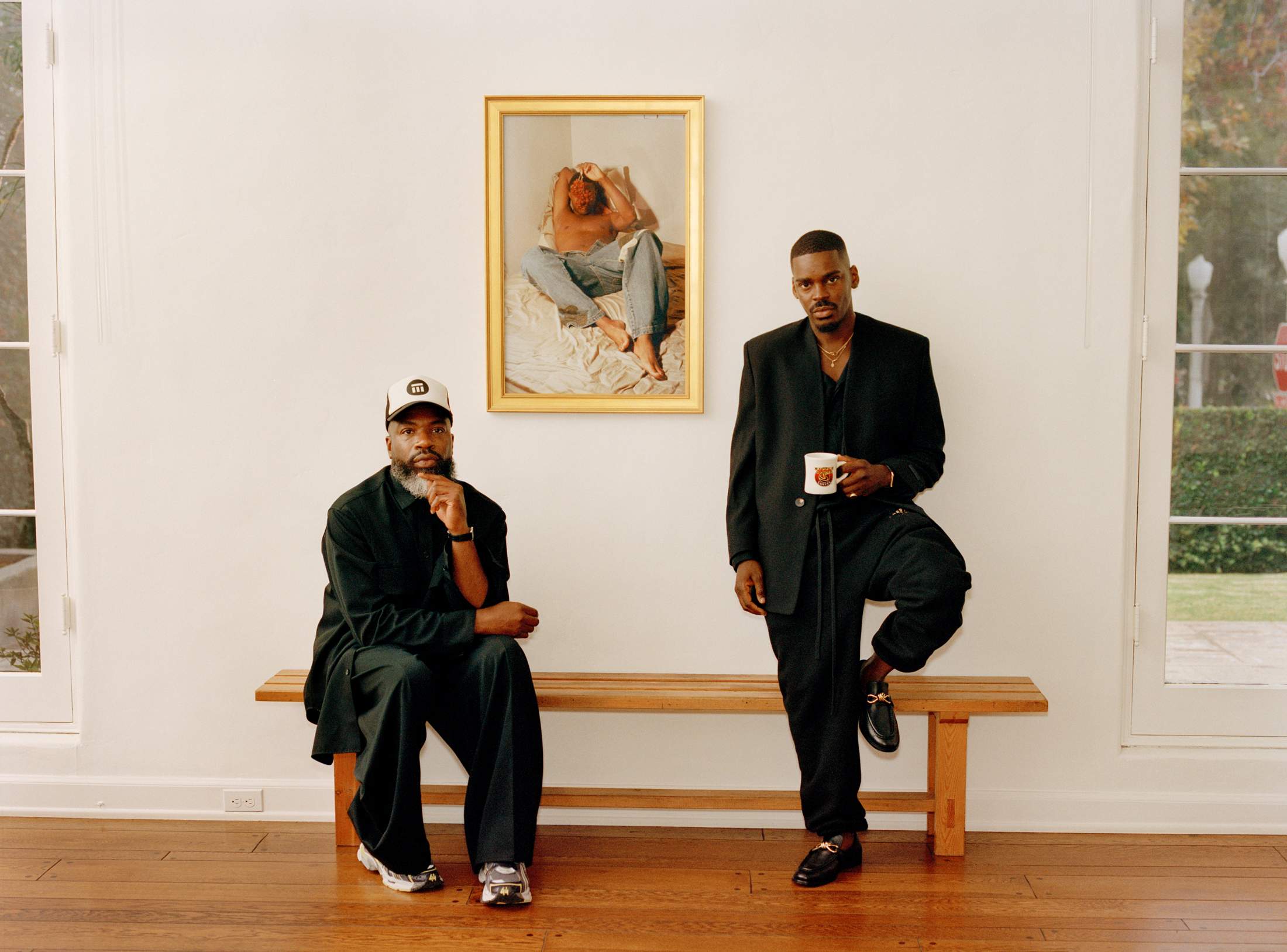
Writer and activist Darnell Moore and his partner, fashion editor and stylist Yashua Simmons, are an established presence on the Los Angeles art scene. The couple have a particular interest in photography that stems, in part, from Simmons’ work in magazines.
Indeed, one of the first pieces that they brought home was an image that Simmons had worked on with photographer and filmmaker Micaiah Carter. Other acquisitions include pieces by the late Herb Ritts, Tyler Mitchell (best known for his cover image of Beyoncé for a 2018 issue of Vogue) and Illinois-based portrait photographer Bryce Batts.
The couple source these works through people they meet, the city’s creative community or gallerists who understand their tastes. “It has been a beautiful experience to develop an eye and a practice together as two black queer men,” says Moore.
Though identity isn’t always the driving force when it comes to the pieces that the couple acquire, it’s important to them that their collection represents black life and culture, and combines their individual tastes. “We’re at a point now where I know what [Simmons] would be moved by,” says Moore.
Simmons agrees that finding art relies on an instant response. “It’s a spirit,” he says. “Nothing is grey or in the middle. They’re all just kind of emotional.”
COLLECTOR 02
Isabelle von Ribbentrop
London
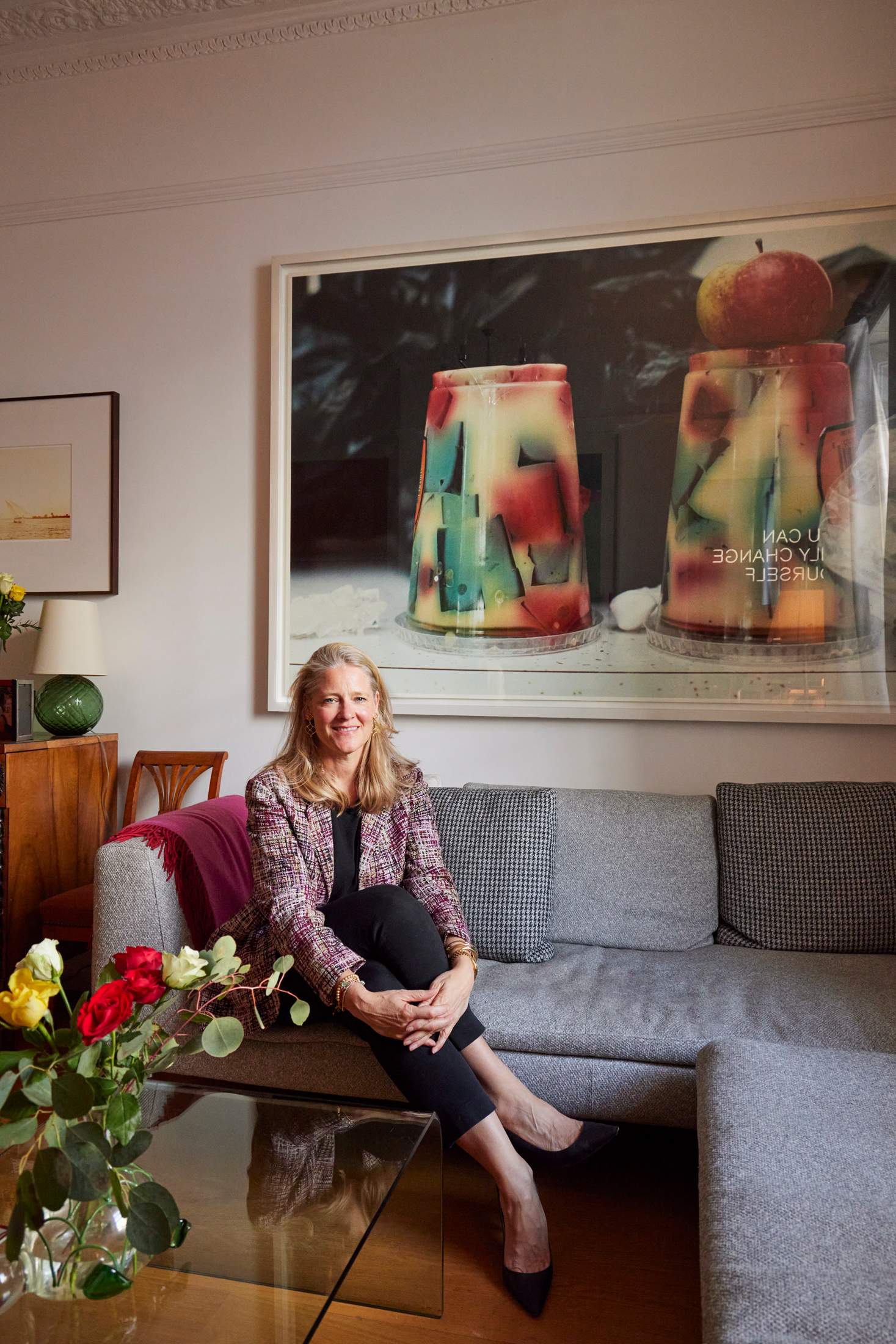
It’s no surprise that Isabelle von Ribbentrop has an impressive photography collection. She is executive director of Prix Pictet, which awards a biannual prize of chf100,000 (€106,000) to a photographer focusing on themes of sustainability and the environment.
Von Ribbentrop’s lifelong relationship with photography began when she helped her grandmother, a professional photographer, in the darkroom. When she later bought her first photograph with her husband, it was a large Wolfgang Tillmans, which hangs above the sofa in their west London living room.
Her fascination with the medium lies in the fact that it’s hard to be a passive observer of a photo. “I find photography so real,” she says. “You could be in this photograph or you could be the photographer.” And when it comes to the work she acquires, be it by Jeremy Deller, Jenny Holzer or Alicja Kwade, Von Ribbentrop buys what she loves.
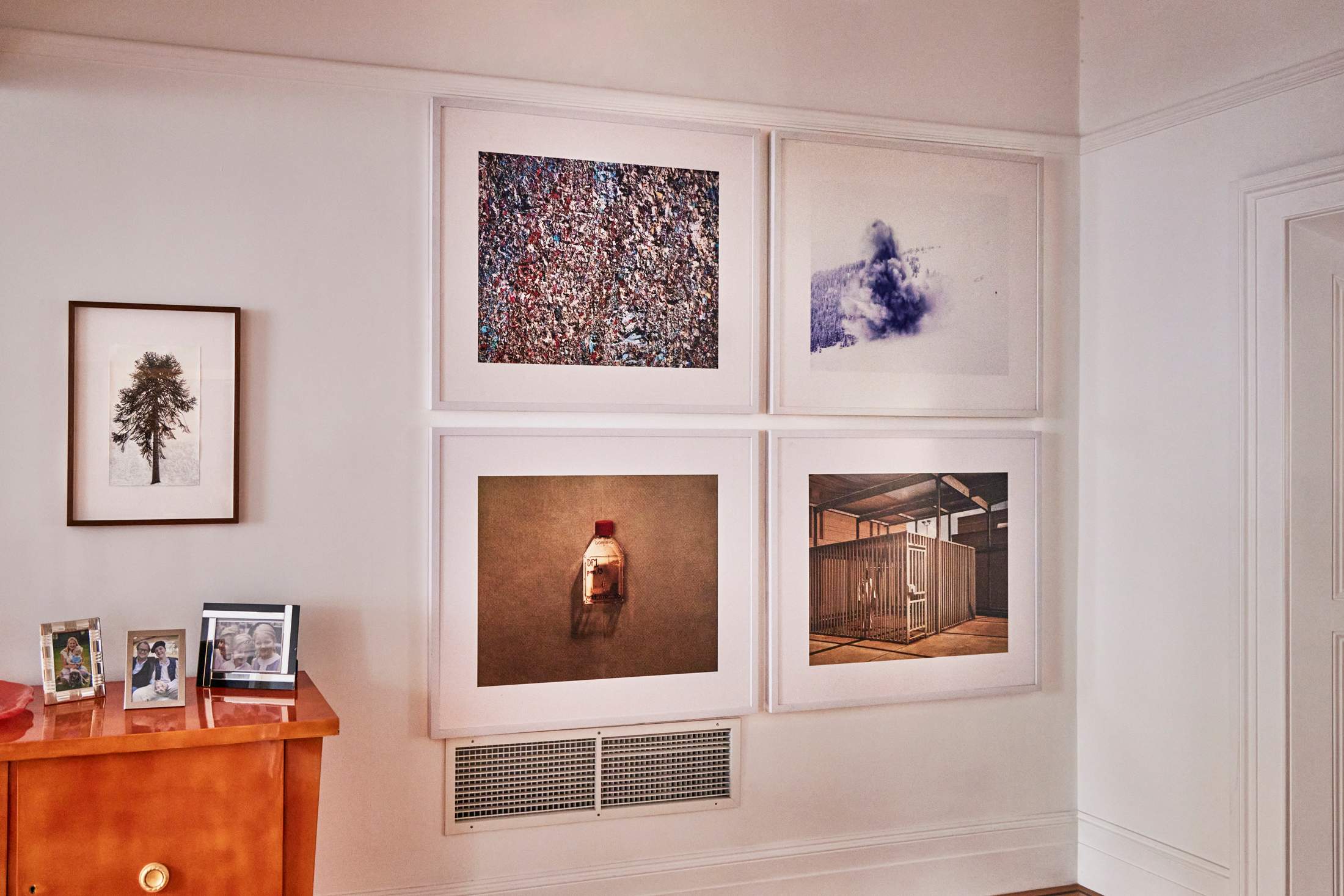
To those who want to start collecting, her advice is to learn about what you like, buy photography books, visit galleries when travelling and consider what you would really like to have hanging at home, rather than its prospective value. “You need to love a piece and it doesn’t matter if it’s someone well known or not,” she says. “It’s much more interesting to buy someone who isn’t hanging in every museum.”
COLLECTOR 03
Rafaël Biosse Duplan
Paris & London
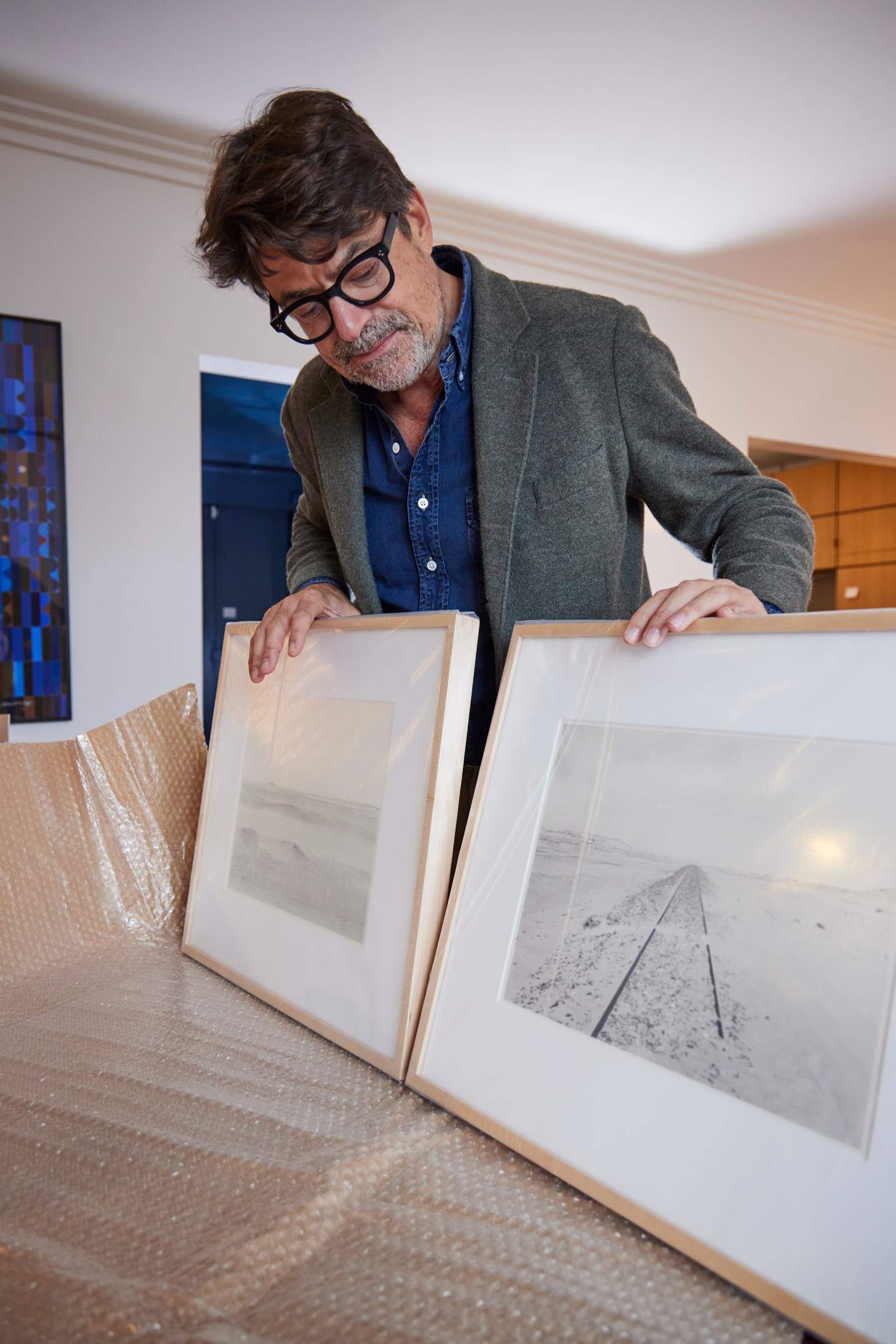
For Rafaël Biosse Duplan, whose mother worked as a curator at the Louvre during his childhood in Paris, the question was never whether to hang art on the wall, but rather what. In 2005 he bought his first photograph – by German filmmaker Wim Wenders – and became hooked. “There was this extraordinary medium that produced pieces like nothing I had seen before, in its diversity, formats and techniques,” he says.
One of the merits of collecting photography, he says, is that it is a “democratic medium”, likening it to literature. “You can have a version of a manuscript that also exists in paperback. It doesn’t take anything away from your collection.”
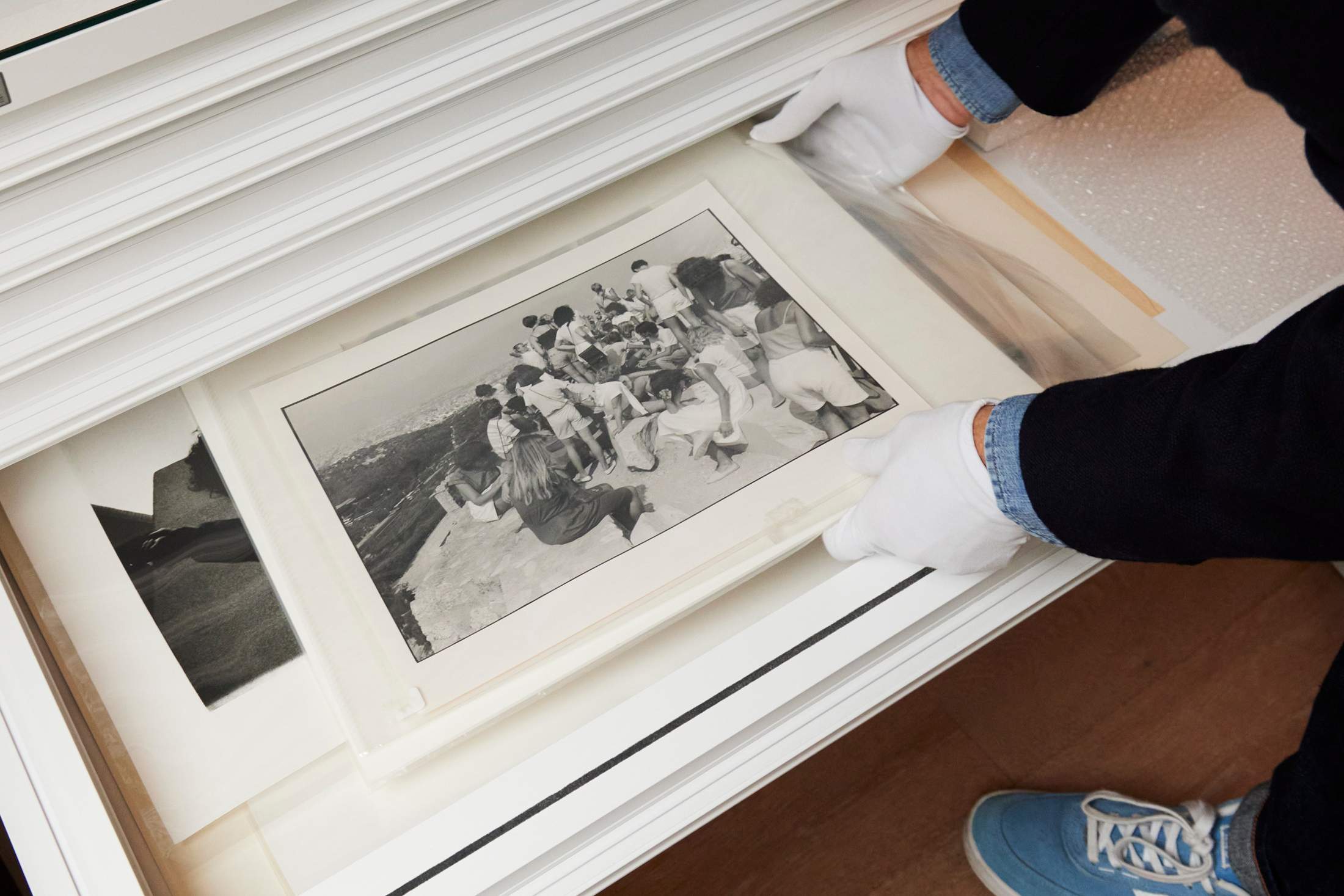
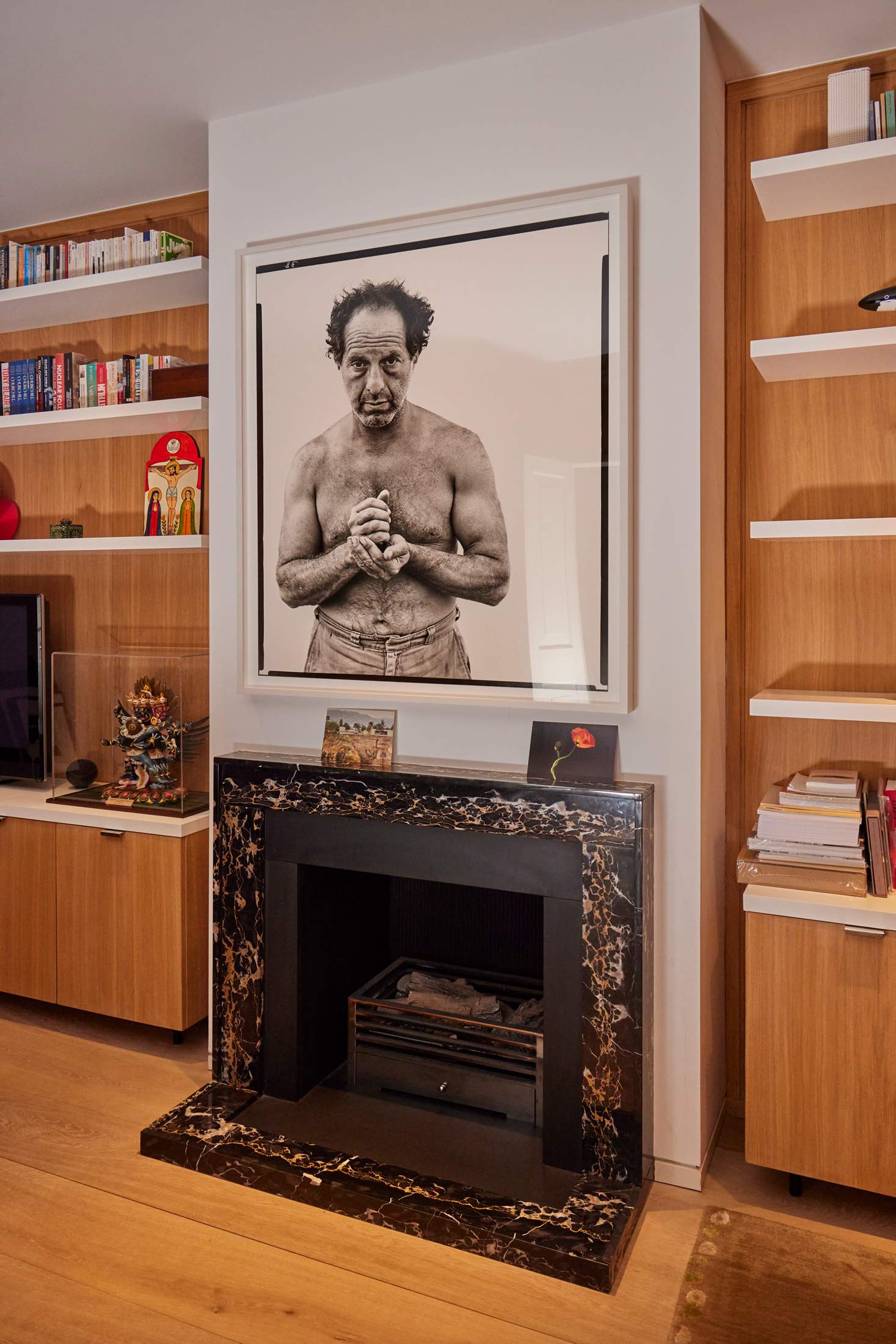
Biosse Duplan divides his collection between his homes in London and Paris, though moving works between them has become harder since Brexit. “These days there are two parts of the collection, as opposed to one full collection,” he says. What unites the two is that each photograph displayed can’t immediately be understood. “It’s not about decorating the house,” he says. “It’s about showing works that challenge and excite you, or sometimes calm you down or create strong emotions.”
